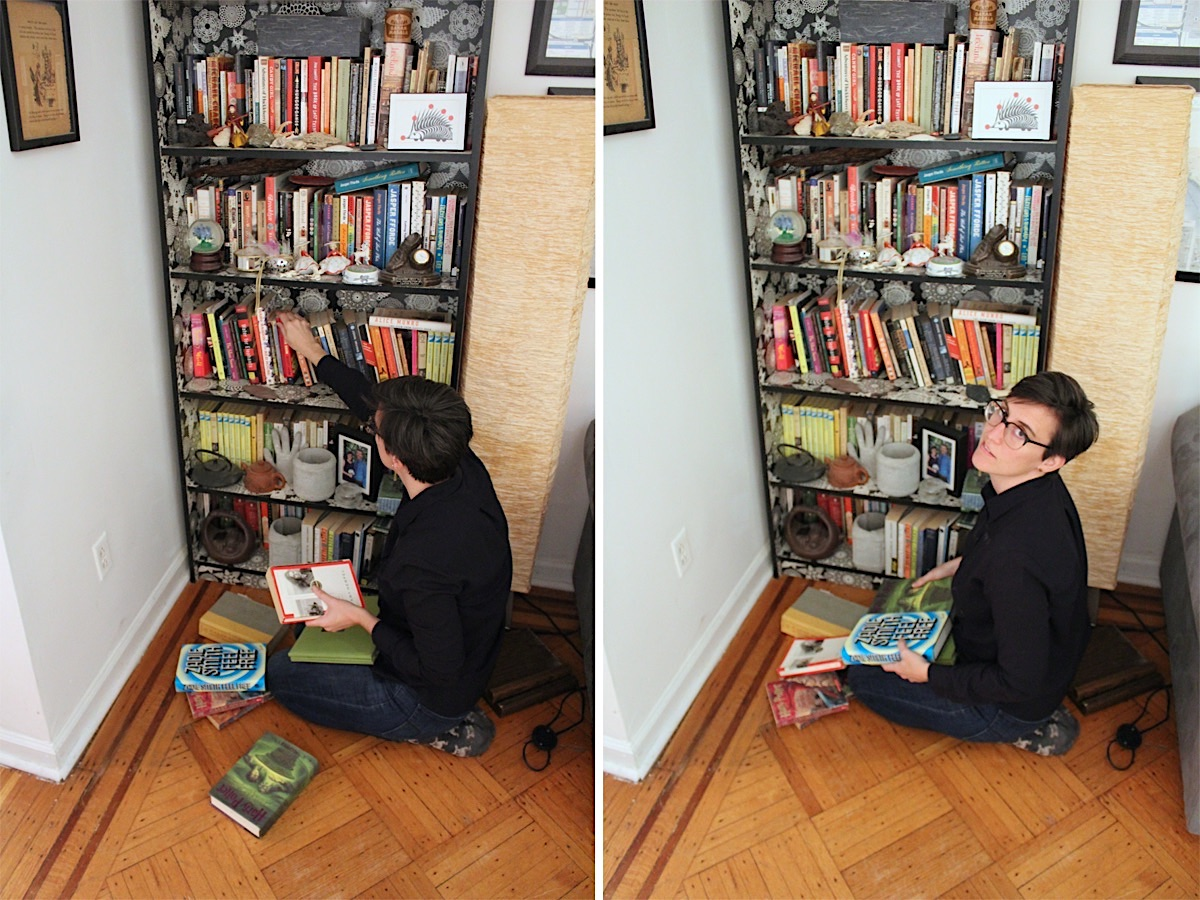- I wanted to get organized, so I read the bestselling book “The Life-Changing Magic of Tidying Up” by Marie Kondo.
- Some of the tips, like giving up sweatpants, didn’t work for me.
- That said, some tips were actually magic.
- Sorting by type of object rather than cleaning each room individually was really helpful.
- I also realized that getting rid of my clutter before organizing was a game-changer.
I am a minimalist. I may not live in a tiny house or sleep on the floor, but I prefer experiences to material items, I do not like owning things that do not have a need or use, and I reduce waste as much as possible.
I wasn’t always this way. Like most people, my apartment is full of many, many years of accumulated clutter. When I embarked on my minimalist journey, I, like many budding minimalists, picked up Marie Kondo’s “The Life-Changing Magic of Tidying Up.”
Not every part of the KonMari method worked for my lifestyle
Marie Kondo’s book has sold millions of copies since it came out in 2014 and has spent over 140 weeks on the New York Times Best Sellers List. Kondo even has a new Netflix series, “Tidying Up with Marie Kondo,” which means the KonMari method, as she calls it, is still going strong.
The crux of the method consists of the order in which you go through and discard your belongings: first clothes, then books, papers, komono (miscellaneous items), and then things with sentimental value. She suggests that you hold each item in your hand and only keep those items which “spark joy.”
I soon discovered many of Kondo's tips aren't a priority for me. Cleaning out my bag every night or drying my shampoo bottles after every shower and putting them in a cupboard after each use are not suited to my lifestyle. I also can't bring myself to "greet" my house when I come home or give up my sweatpants (Kondo recommends that women try "nightwear" to feel more elegant). I wasn't even a fan of her much-lauded folding method.
While I can't get on board with every aspect of the KonMari method, there are three main concepts that did actually change my life and were - dare I say - magic:
Discard first, organize second
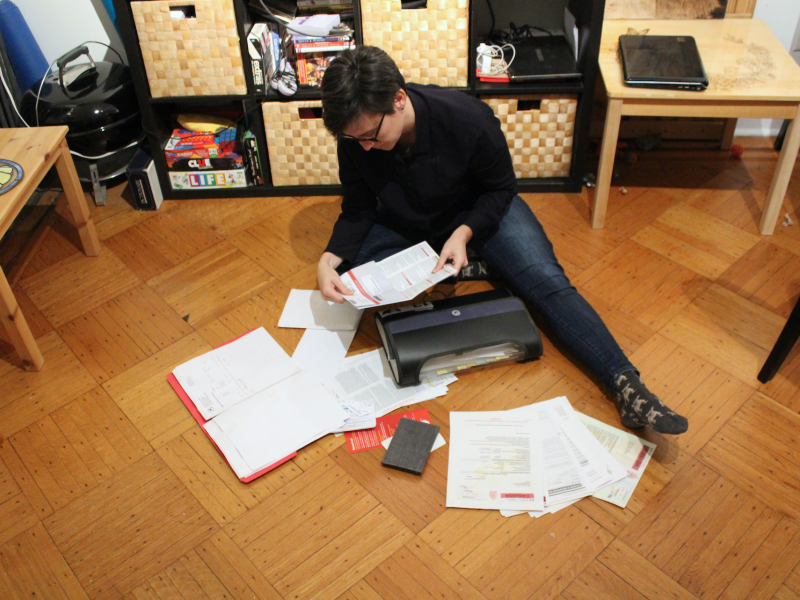
"Effective tidying involves only two essential actions: discarding and deciding where to keep things," Kondo writes in her bestseller. "Of the two, discarding must come first."
When I first read Kondo's book, I remember re-reading these lines a few times. Historically, tidying for me meant simply putting everything away: I stack my pots on top of the pan I never use and struggle to get the drawer closed, I cram the three pairs of tights I actually wear into the dresser filled with torn tights that I tell myself I'll get around to mending one day, and I wrestle with the suitcase full of sports bags I never use every time I have to take out the backpacker bag I use for almost every trip.
But if I recycle the pan, the pots I actually use would always fit. If I take the torn tights to textile recycling, I would have plenty of space for my three useable pairs. If I donate the sports bags I have never used, someone else could use them and I would be able to put my backpacker bag away instead of leaving it on the floor in between trips.
As soon as I discarded a few things, I realized I liked the feeling. I was ready to KonMari my apartment, or at least try.
'Sort by category, not by location'
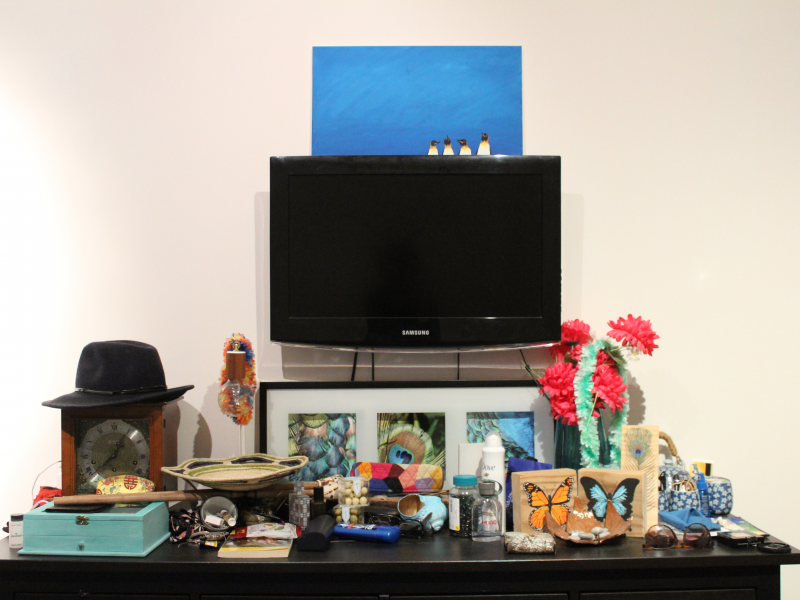
This one was really a game-changer for me. Typically, I'd tidy my apartment the way it seems to make the most sense: room by room.
Theoretically, it should be easy. We have one bedroom, one living room, a bathroom, a kitchen, and two small closets. But I'd sort through all of the toiletries in the bathroom only to find that I had a few other toiletries on my dresser and nightstand and had also left my travel toiletries bag in the living room the last time I'd unpacked from a trip. I would sort through our mail and papers drawer only to find a stack of mail on the dining table and would wonder whether my eyeglass prescription was in the papers drawer or the "important papers" accordion file we keep on the bookshelf in the living room.
As Kondo says, "the root of the problem lies in the fact that people often store the same type of item in more than one place." She recommends sorting by category and not by location.
When I sorted my clothes, the jackets and scarves on the coat rack went into the pile with everything from my closet and dresser. When I sorted my komono, craft and office supplies were extracted from every nook and cranny of my apartment and all assessed at the same time.
Like many people who undergo the KonMari method, you'll find that not only do you have multiples of things (I have three wrenches as well as a food processor and a blender and a NutriBullet), many of the items are ones you haven't used or seen in months or even years.
Only keep things that spark joy - whatever that means to you
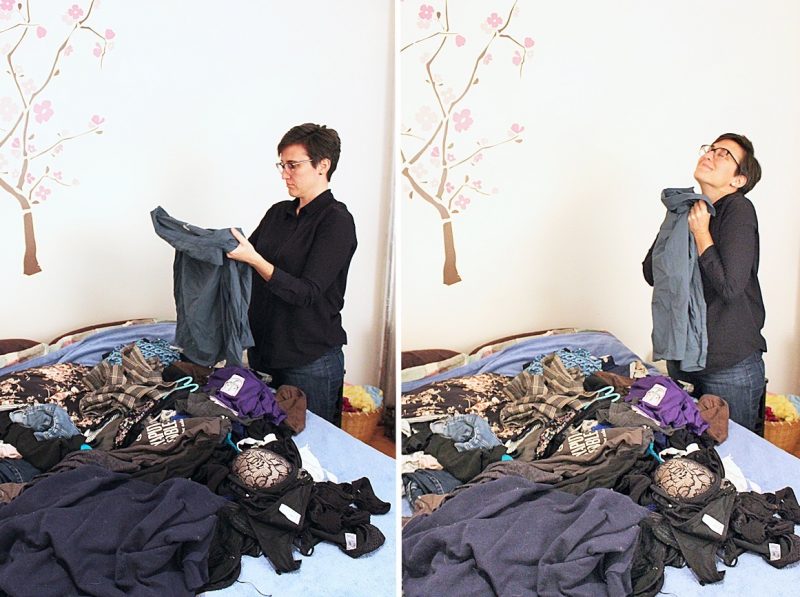
The concept of sparking joy was difficult for me to take seriously. Kondo says to "take each item in one's hand and ask: 'Does this spark joy?' If it does, keep it. If not, dispose of it."
When I read this, I pictured myself in my tiny bathroom, clutching my toilet brush and waiting for a love connection. As someone who doesn't typically find joy in material items, if I followed Kondo's advice to "keep only those things that speak to your heart," I'd be sitting in a room devoid of furniture surrounded by two hundred books, my "Harry Potter" afghan, my old iPod shuffle, my espresso machine, my SodaStream, a box of photos, and a cheese plate.
In all honesty, it's best to figure out what the tidying version of joy means to you. To me, this is usefulness. Most of my books are useful but my small Hemingway collection was not (and so was donated to Housing Works). Cat litter is useful, but the cute cat toy I constantly trip over that my cats have never touched is not. You get the idea.
When I put joy into terms of what matters most to me, discarding became much easier.
Reminder: It's OK if you fail
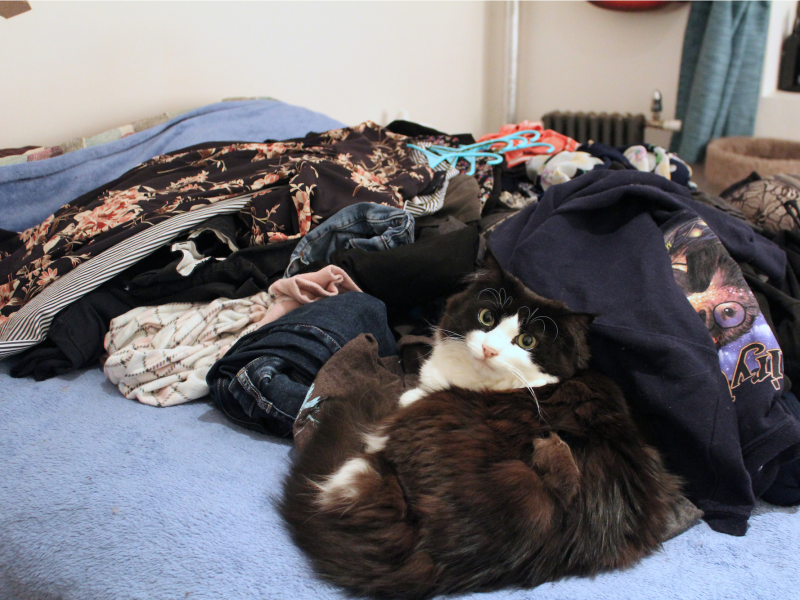
Kondo says that "people who use the KonMari Method never revert to clutter again." Technically, I failed.
Right off the bat, I did things in the wrong order. I KonMari'd my clothes just as she instructed, which went really well. I skipped books because I had already gone through my collection for a book drive a few weeks earlier and couldn't bear to part with any more. As I write this, I have a stack of books on my desk, there's another on the dinner table, and I have three overflowing bookshelves. I doubt Kondo would approve.
Papers were likewise semi-successful, as I am a paper-hoarder and discarding anything at all feels like a win. Komono and sentimental items were hard to separate for me as most of my miscellaneous items are sentimental, but my KonMari of the bathroom and kitchen went well.
If you are truly going to use the KonMari method and successfully "graduate" her course, you'll have to set aside a good chunk of time to do so, like the subjects in her Netflix series. As I continue on my minimalist journey, I'm sure I will try her method again with more gusto. But if you're looking to simply downsize and declutter, then by discarding, sorting by category, and only keeping things that "spark joy" (whatever that means to you), you're off to a good start.
Visit INSIDER's homepage for more.
